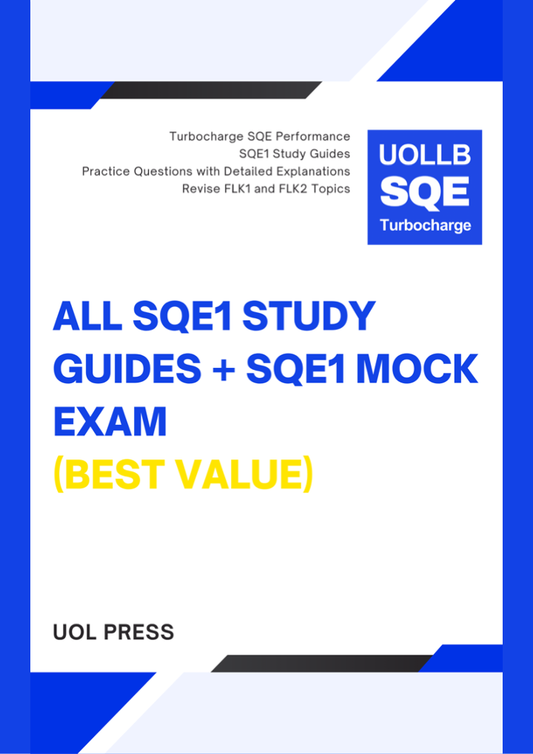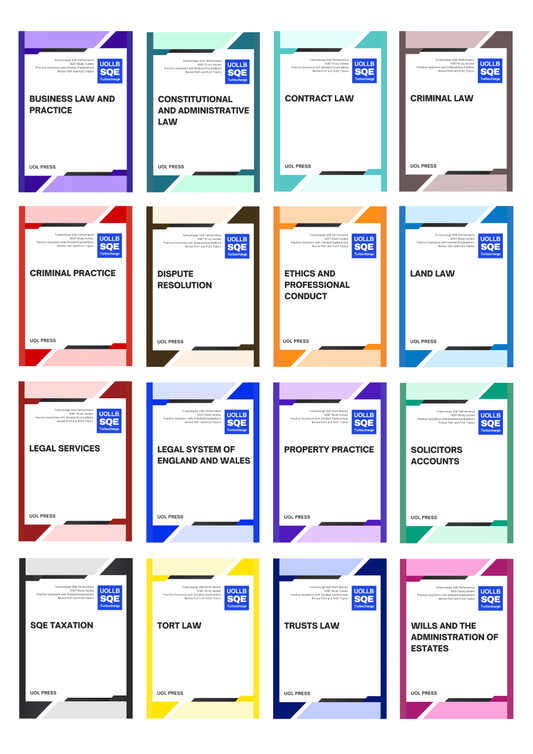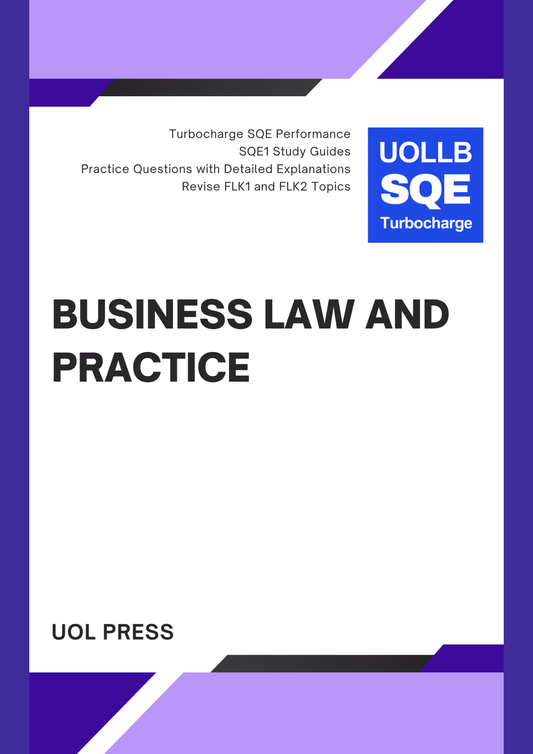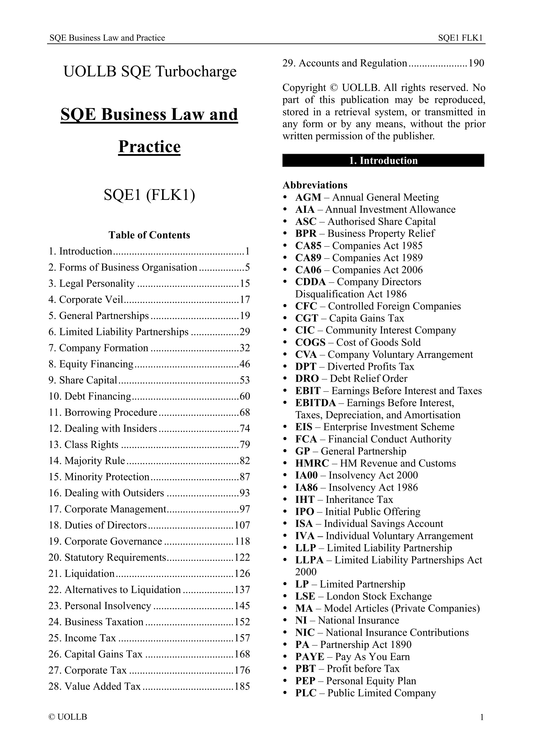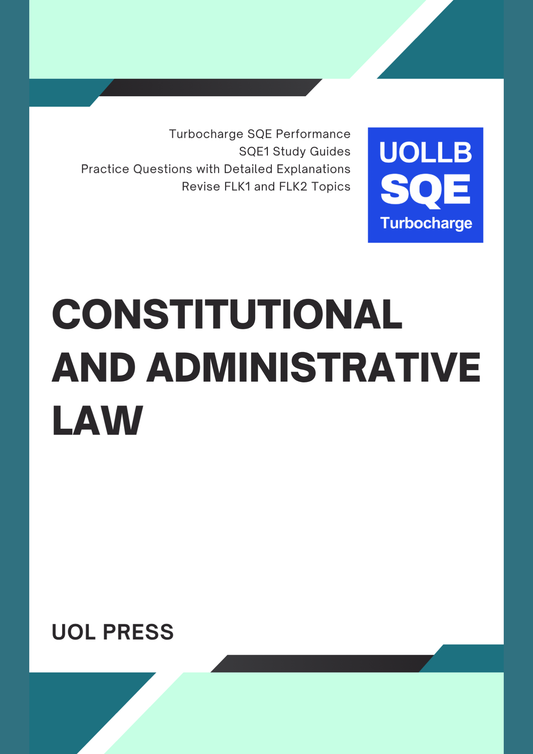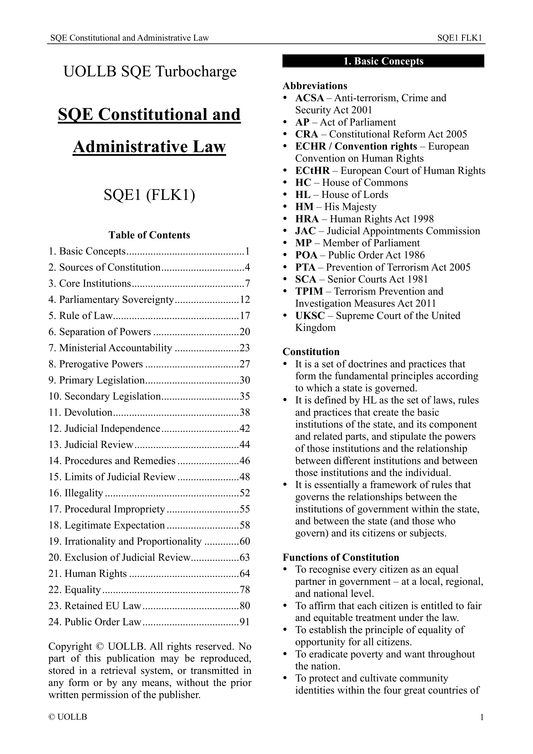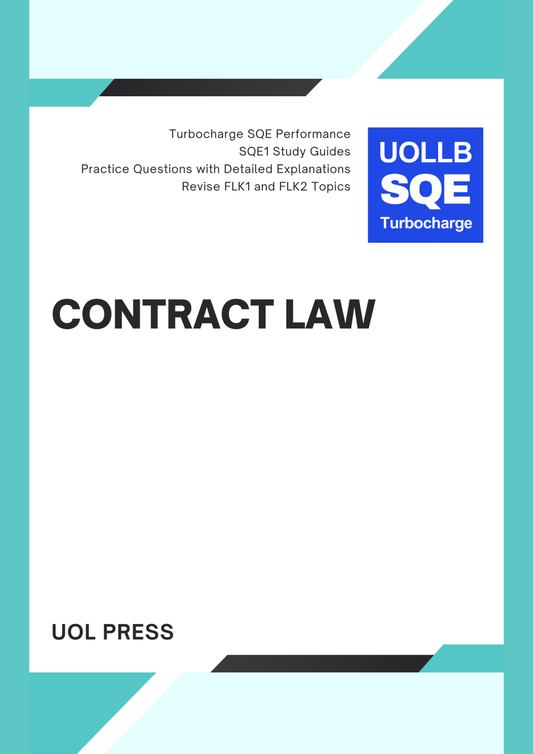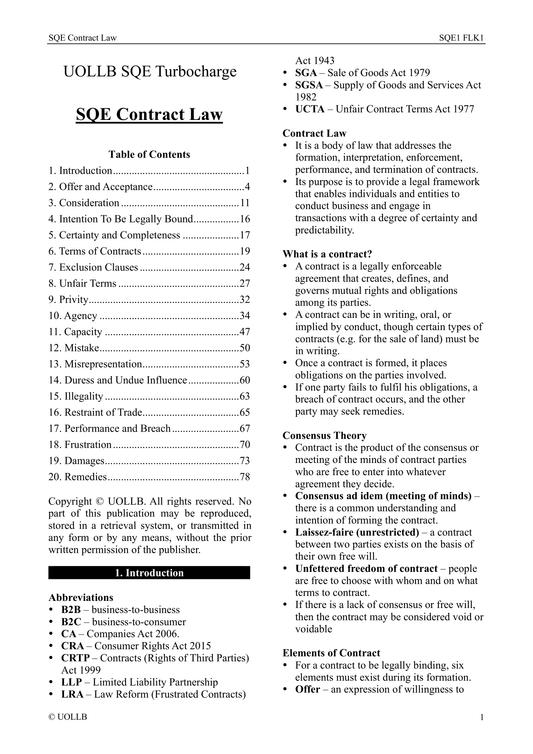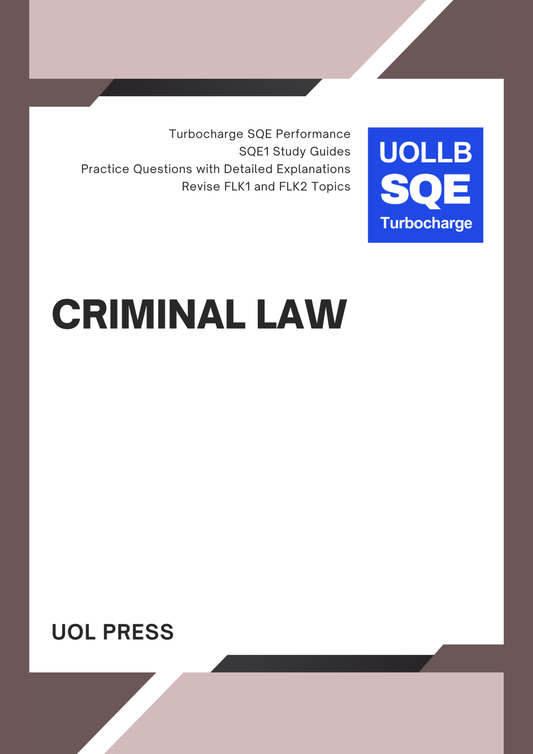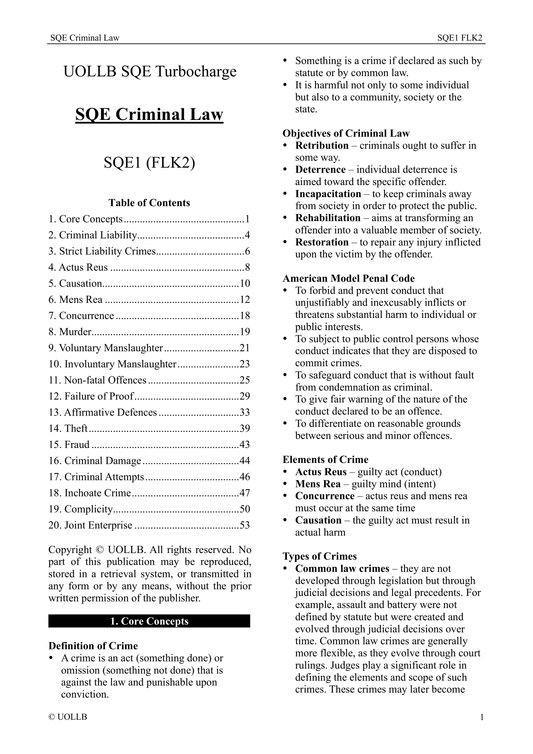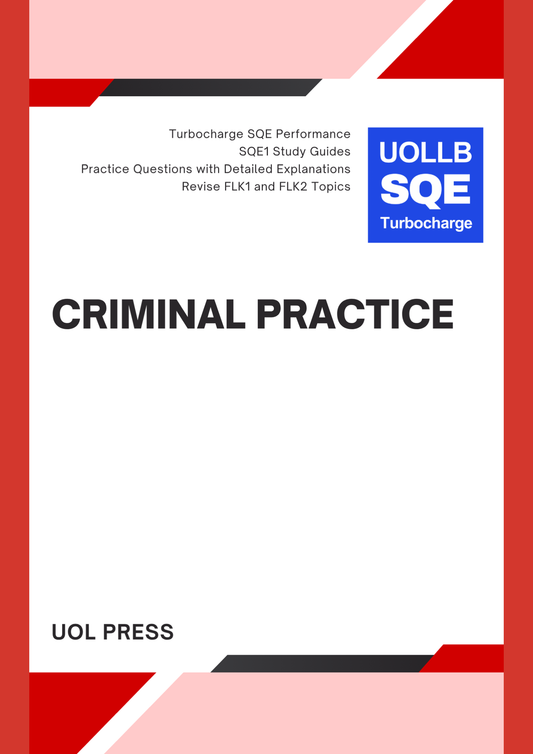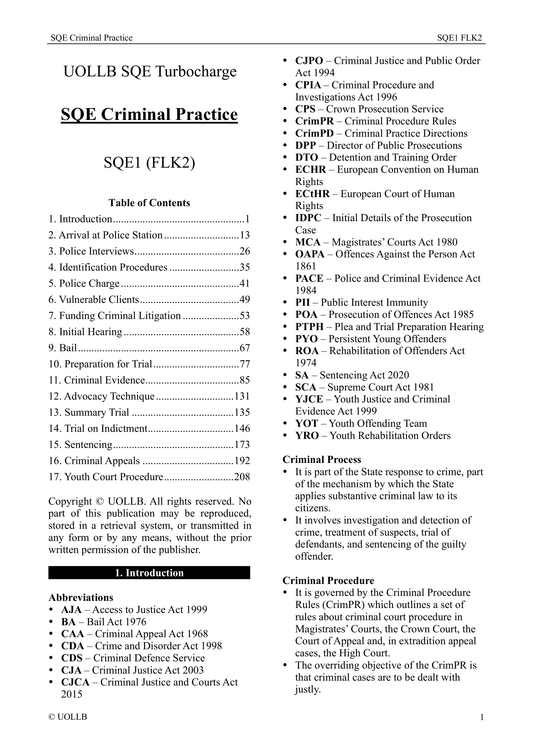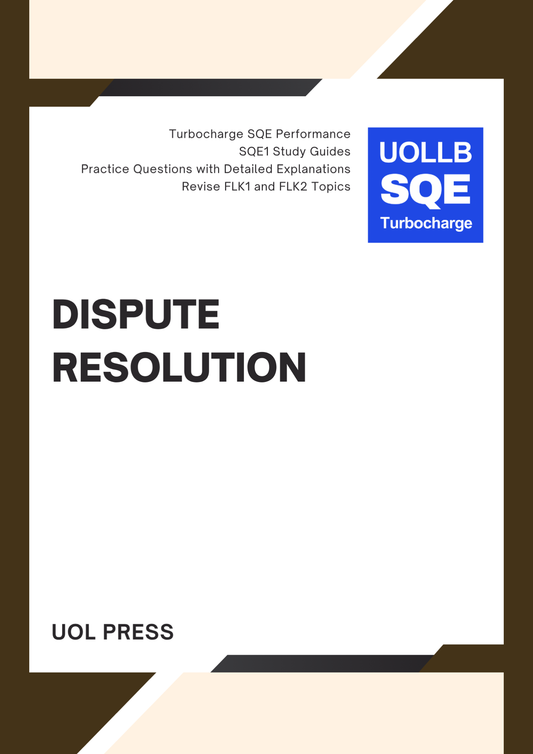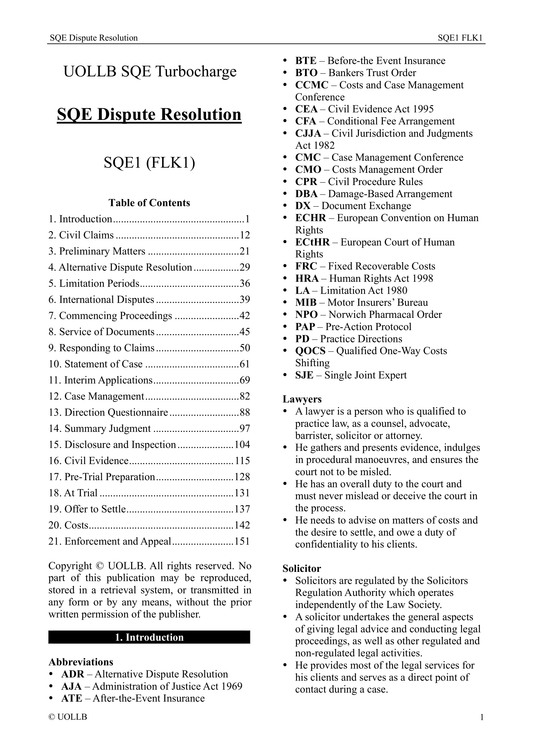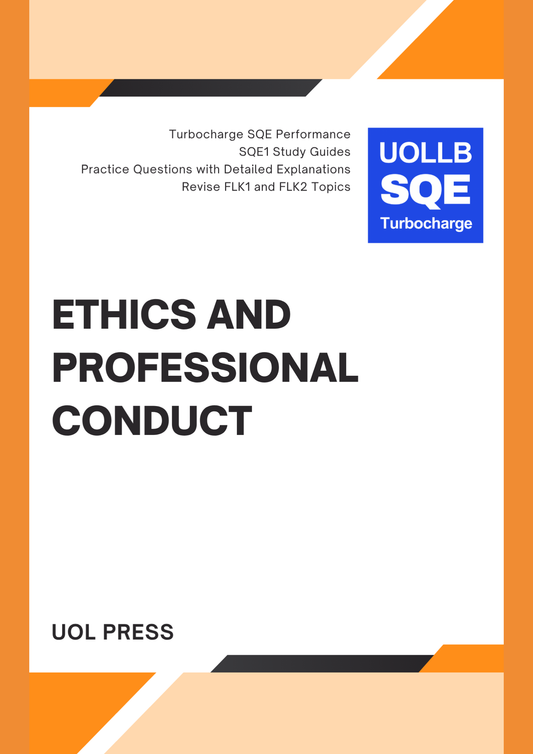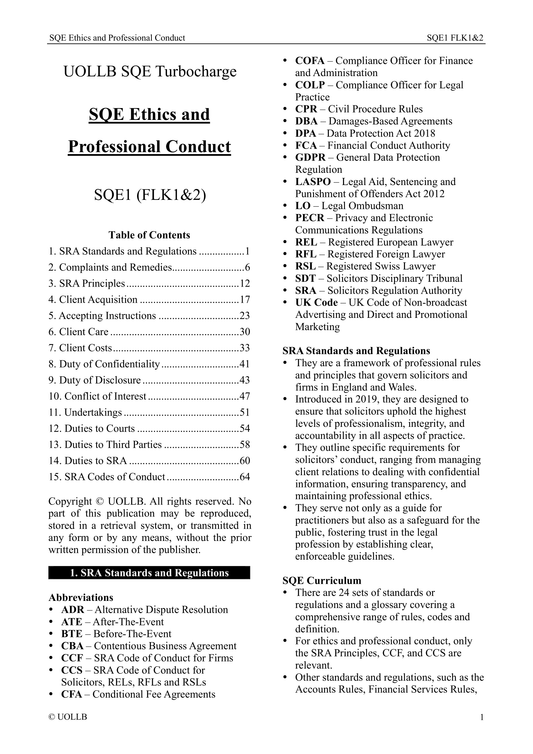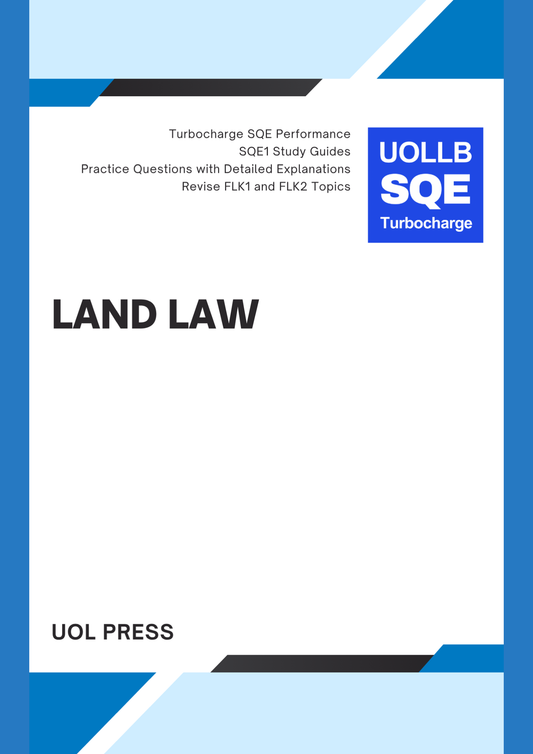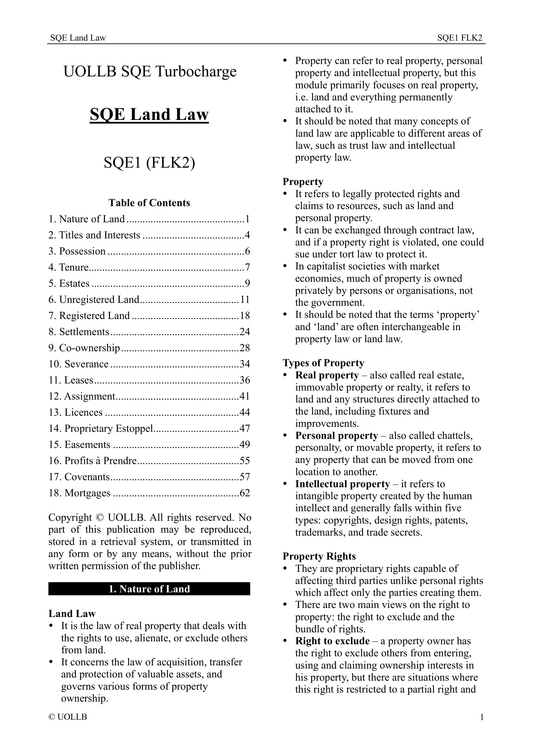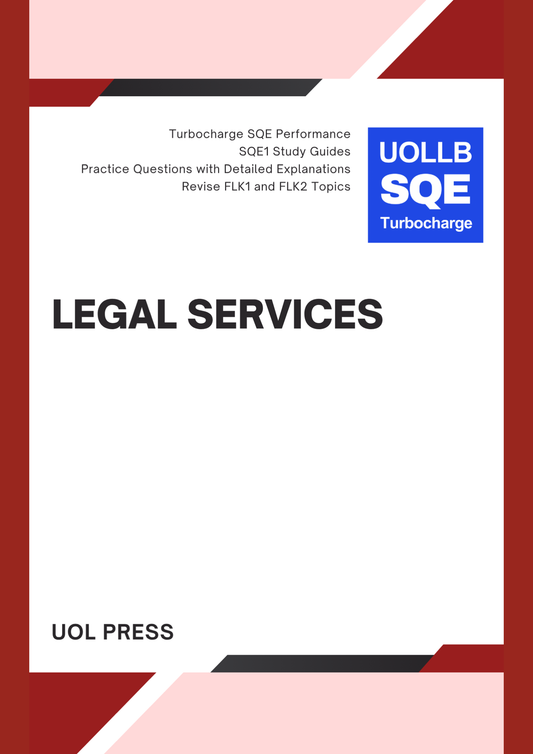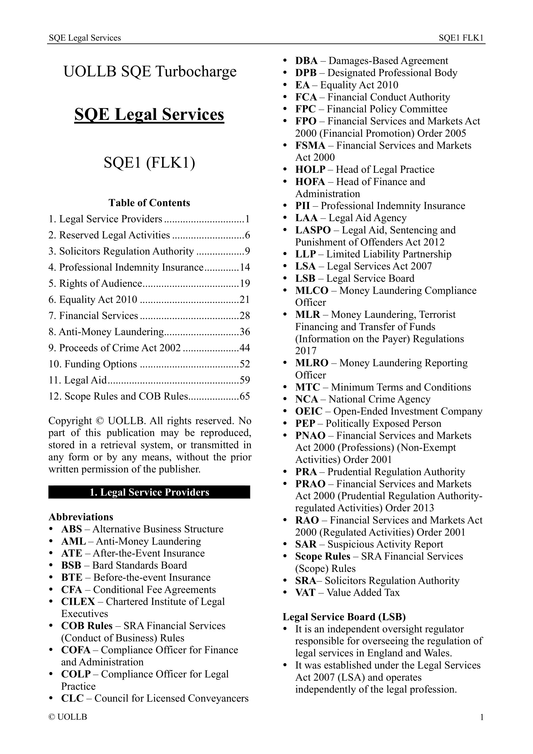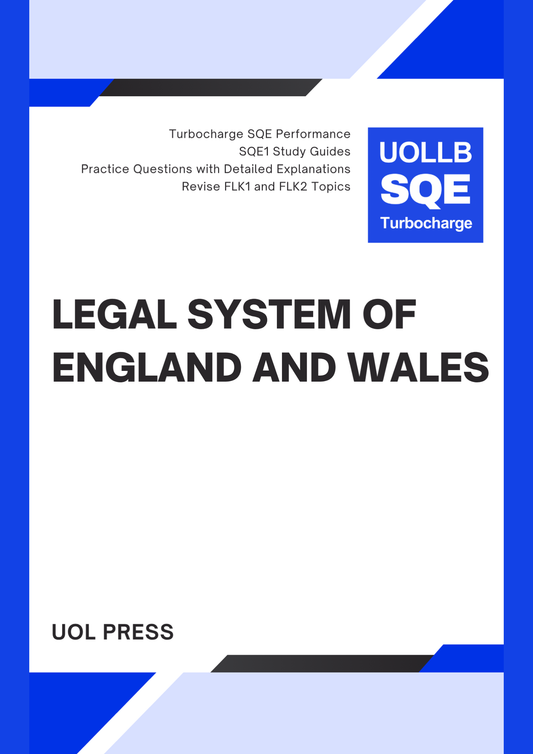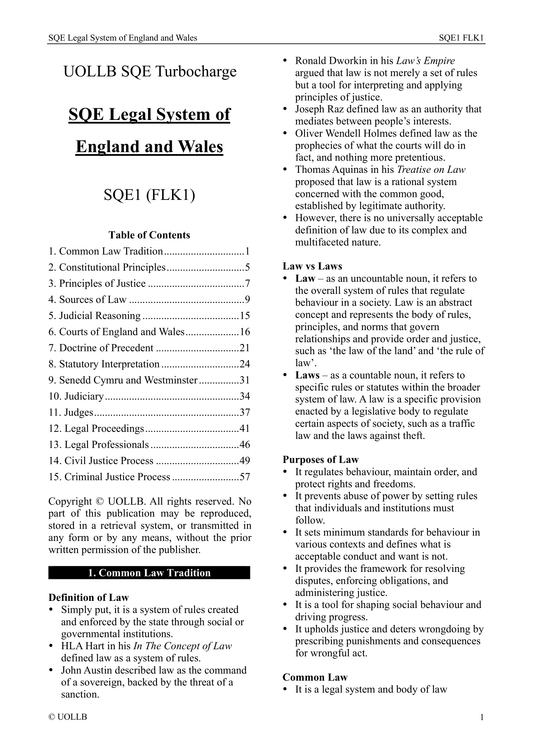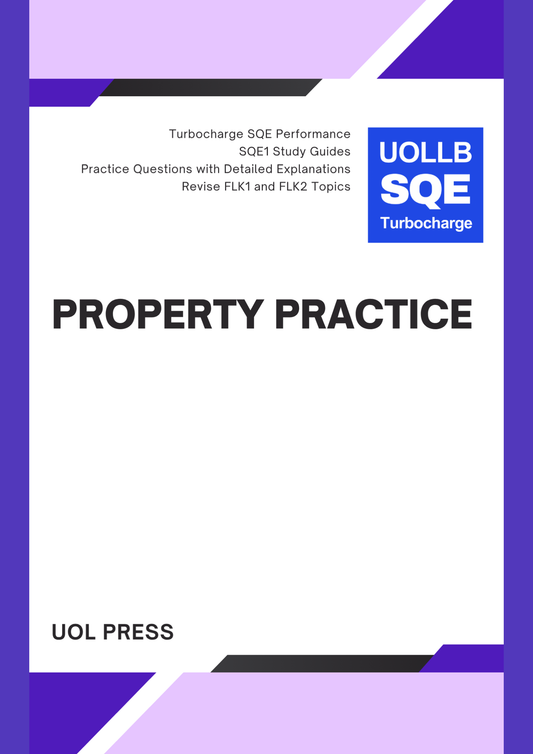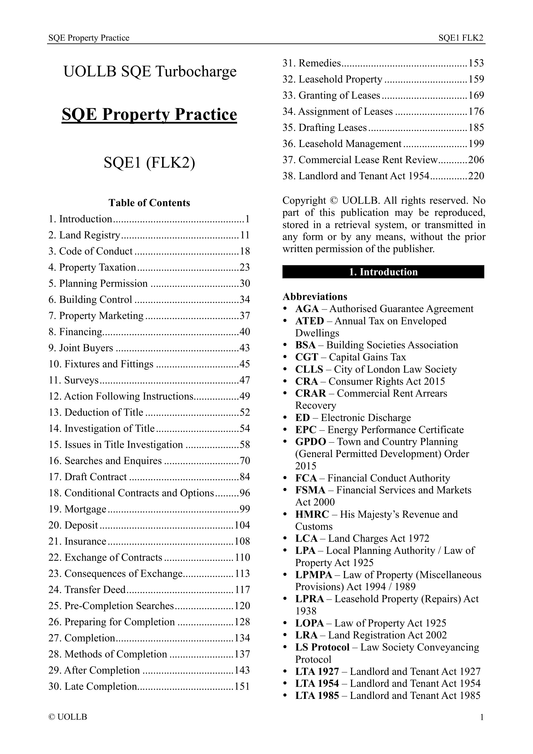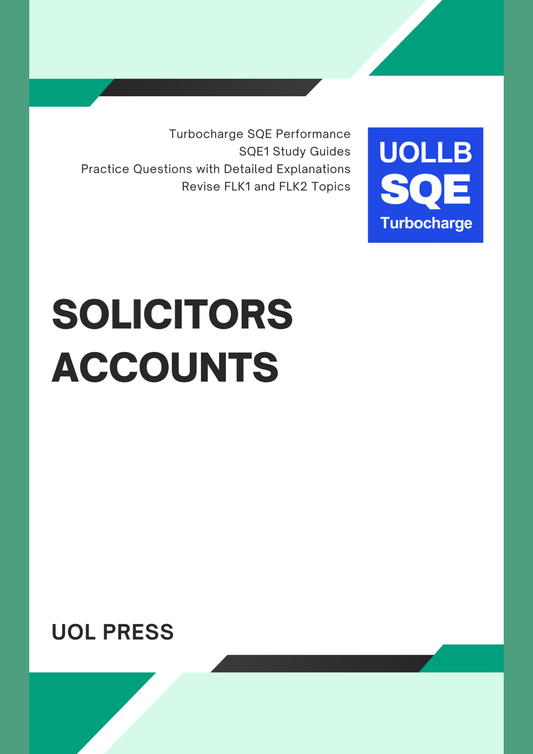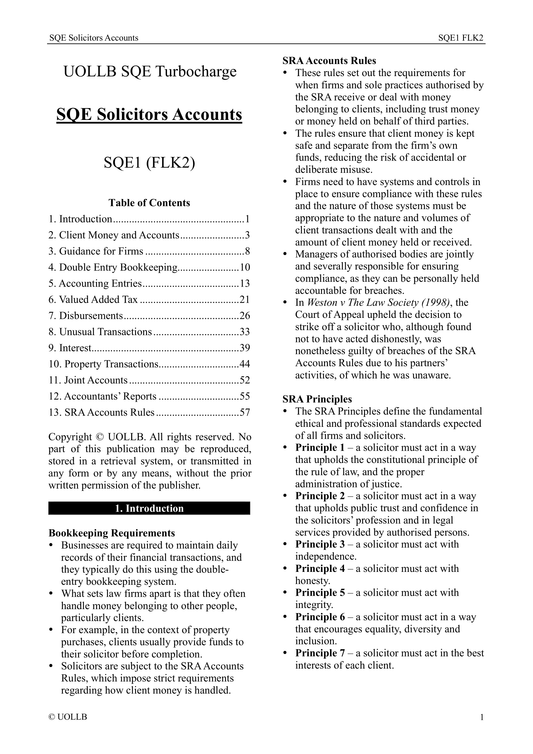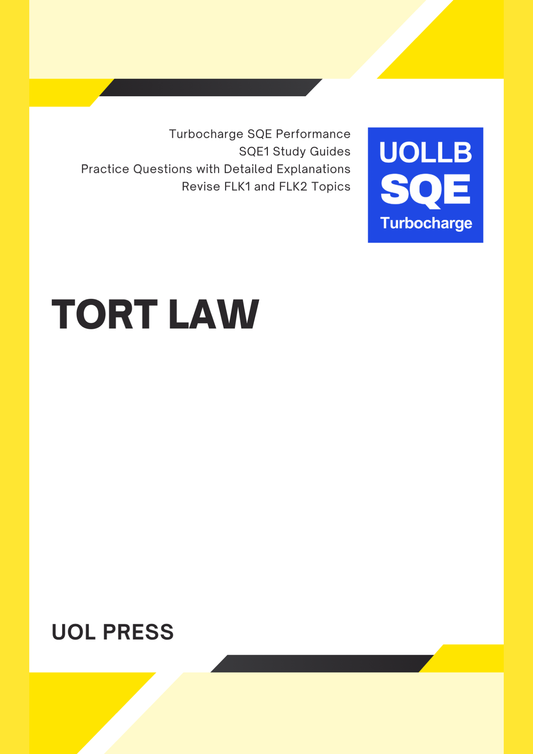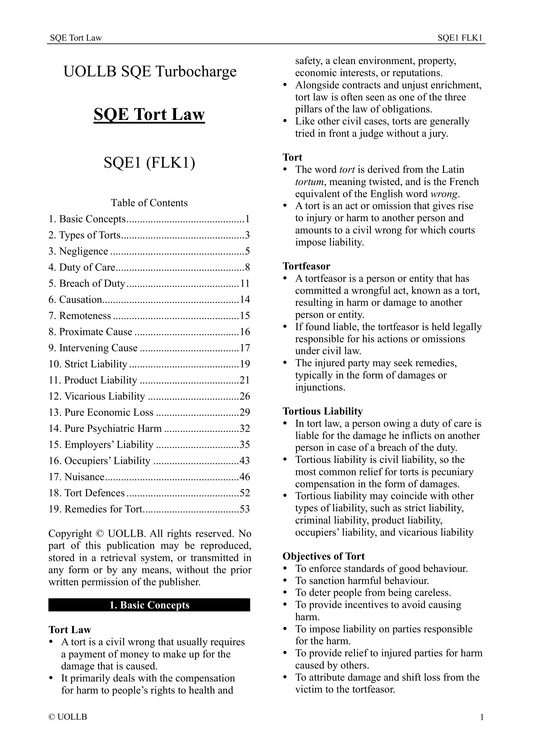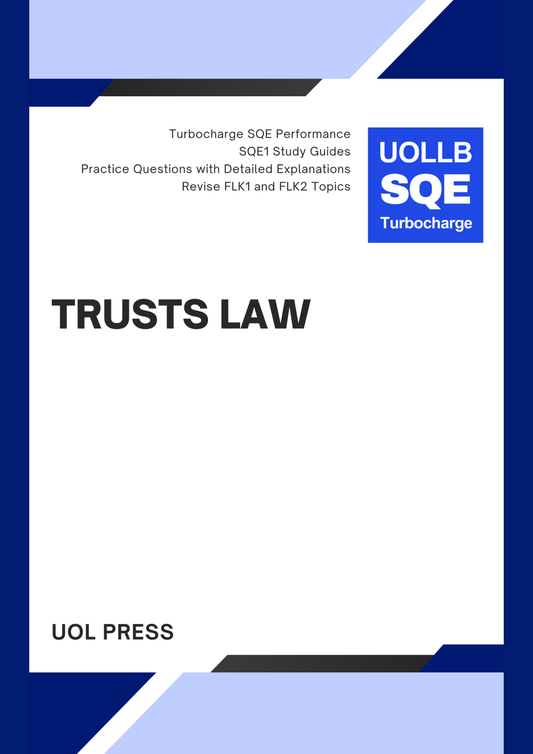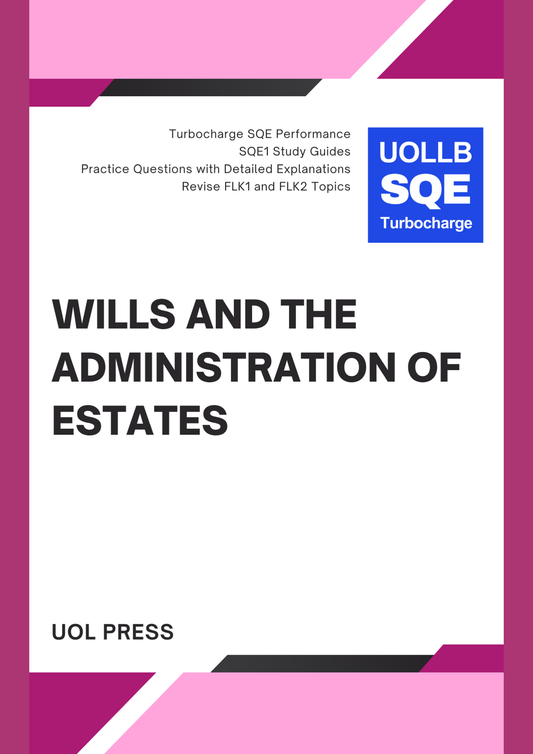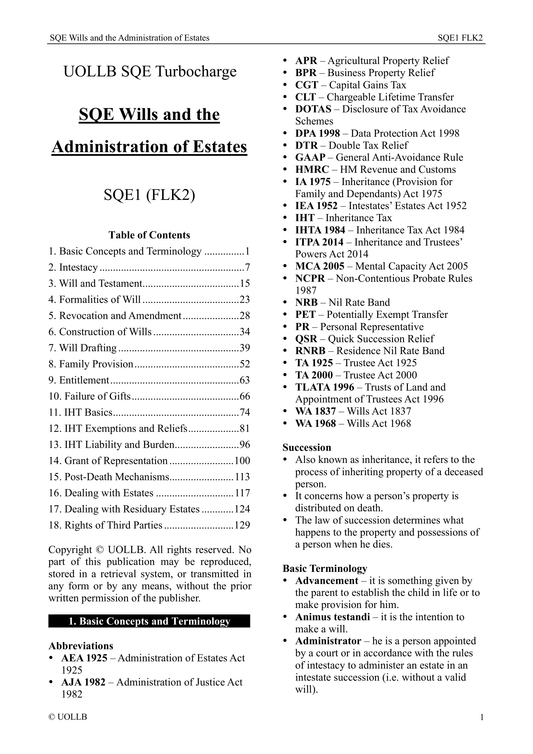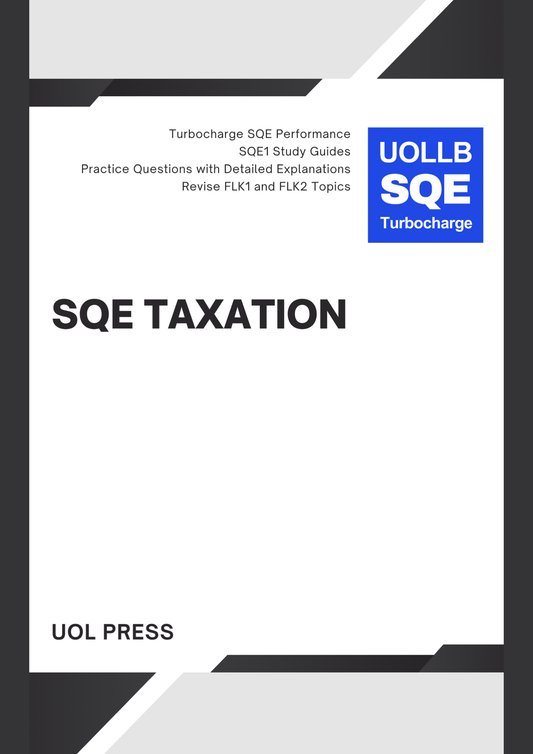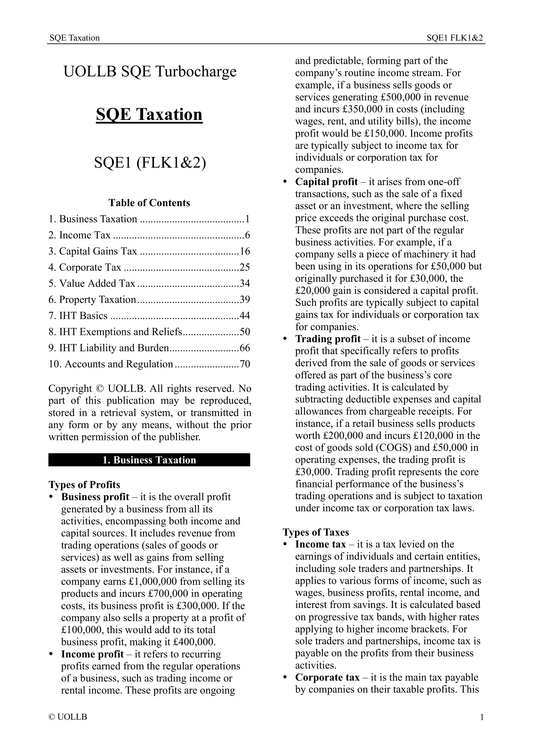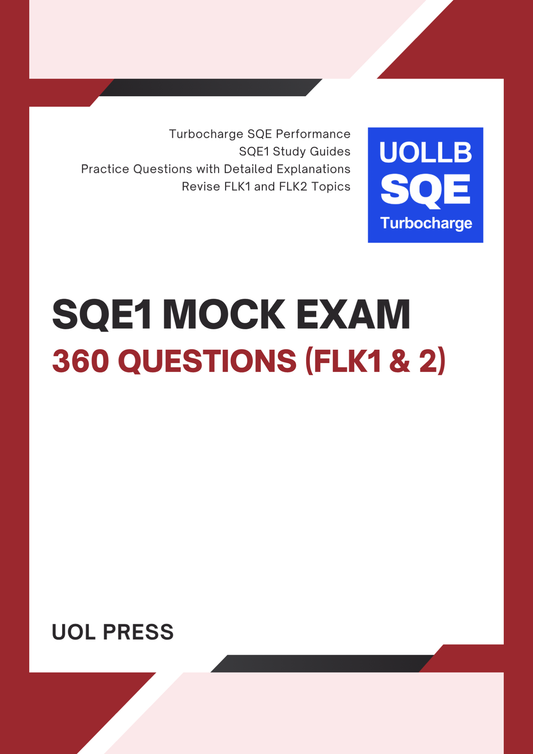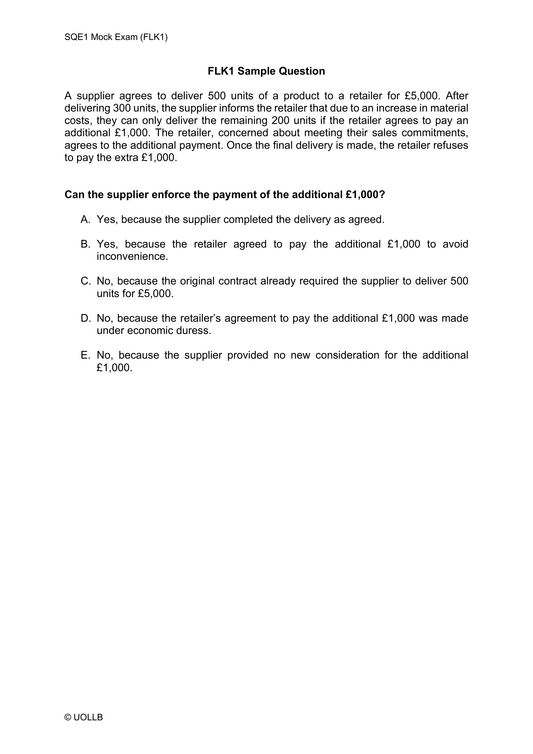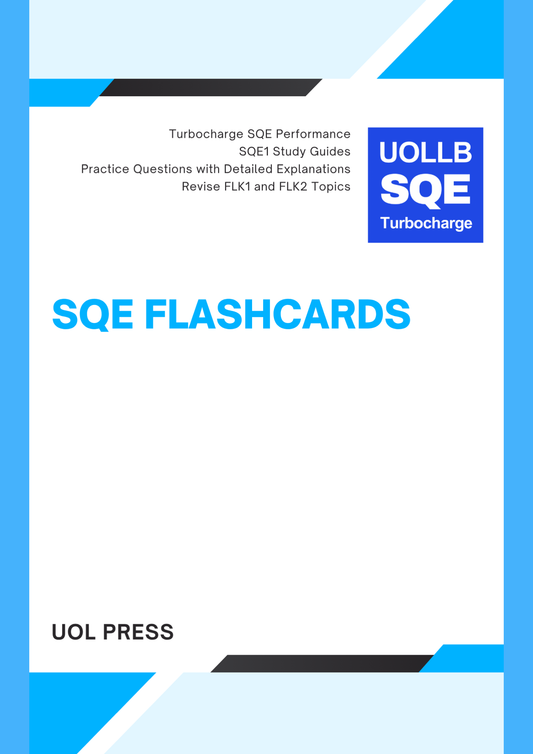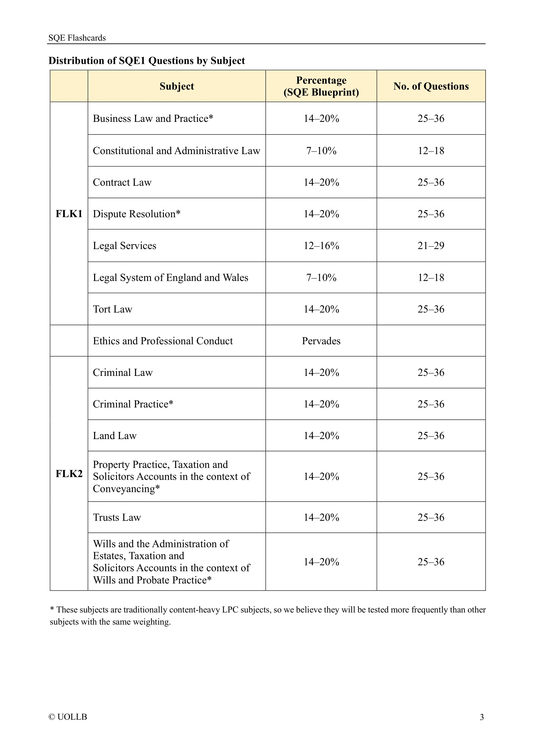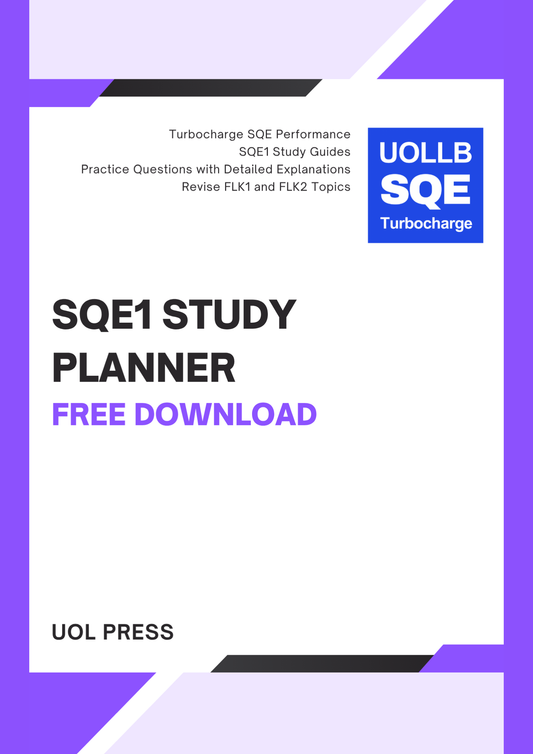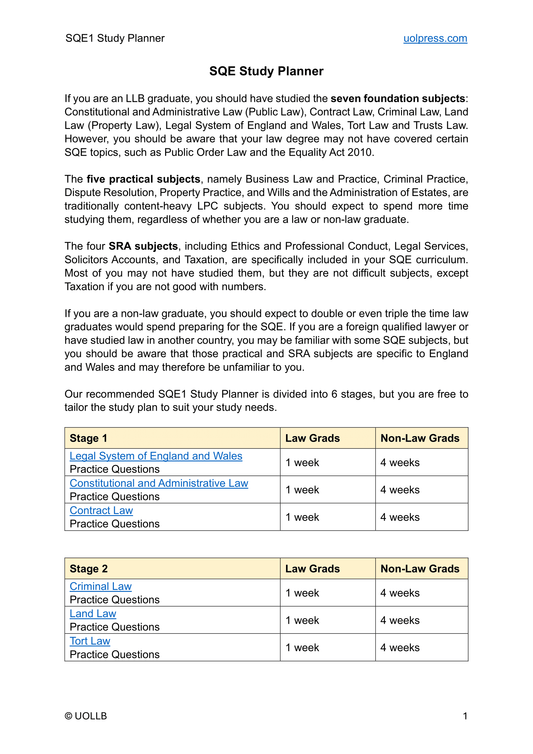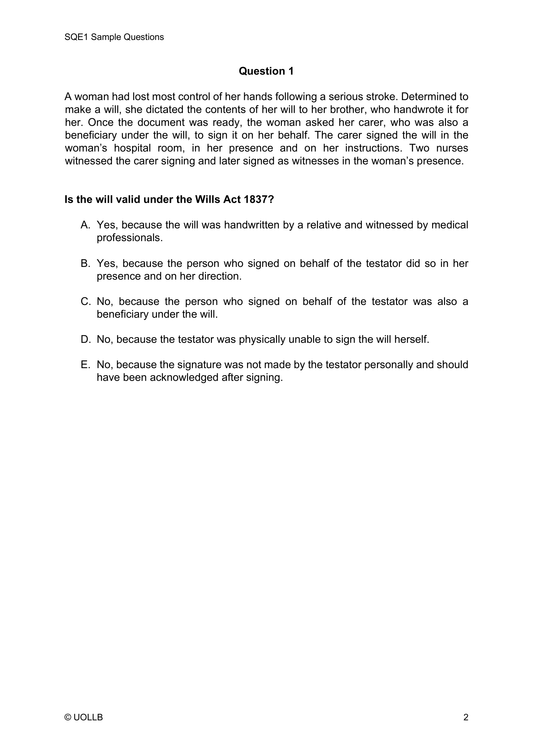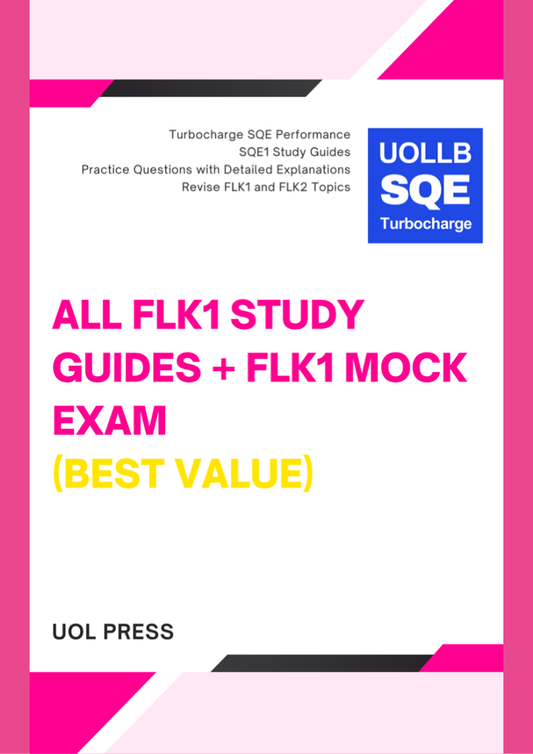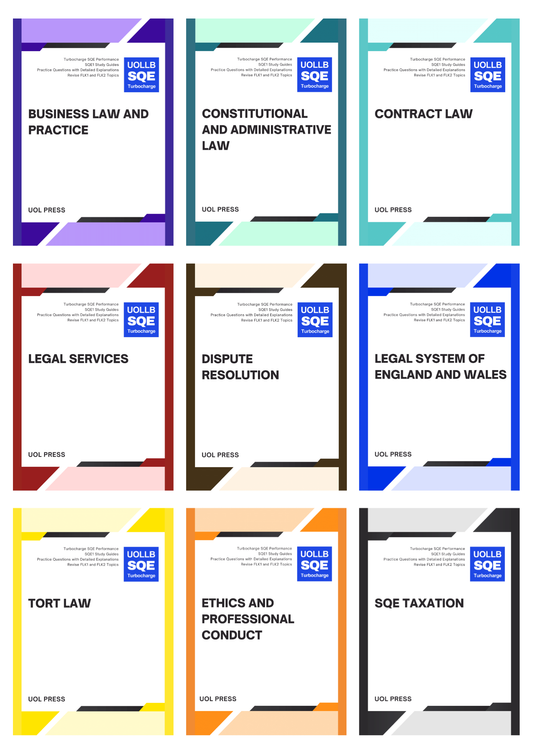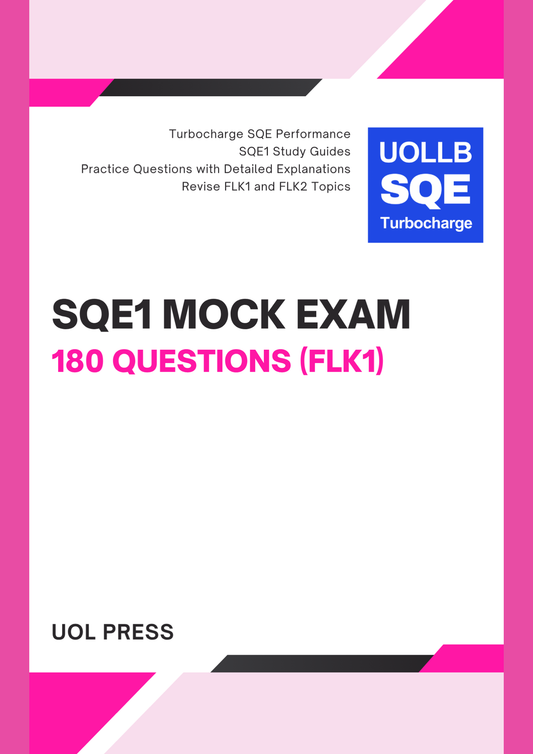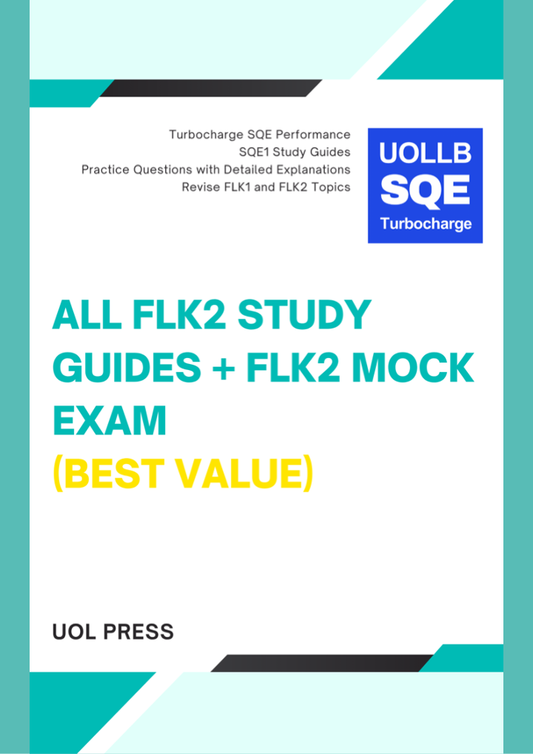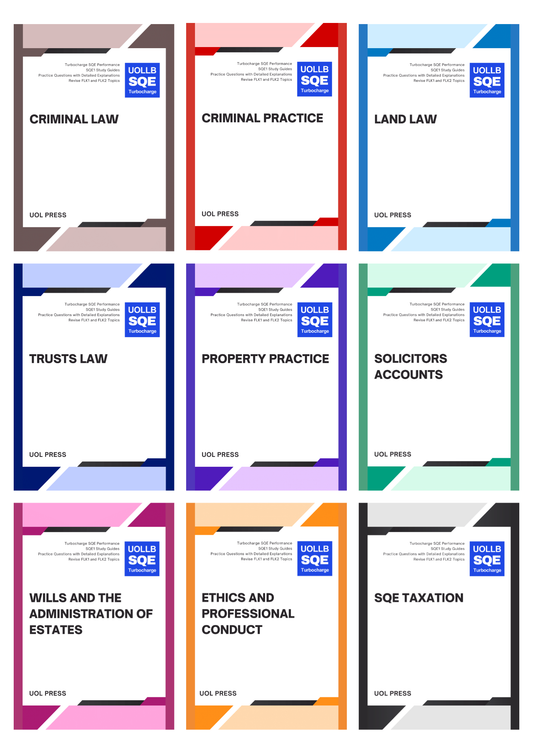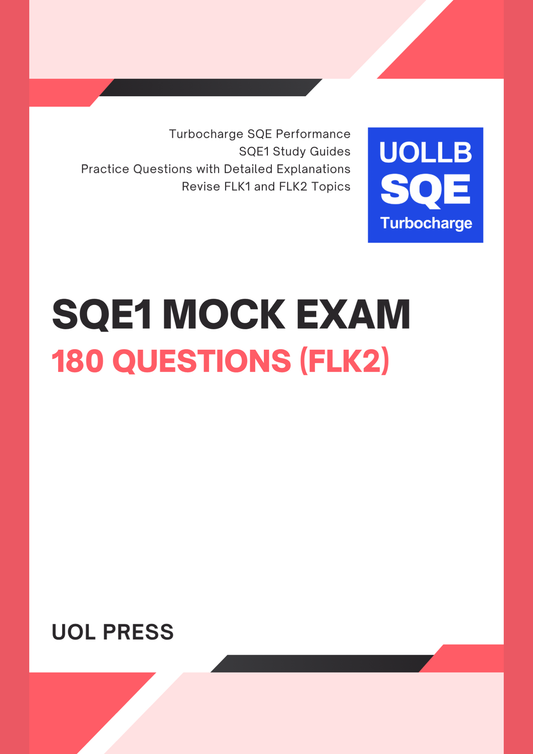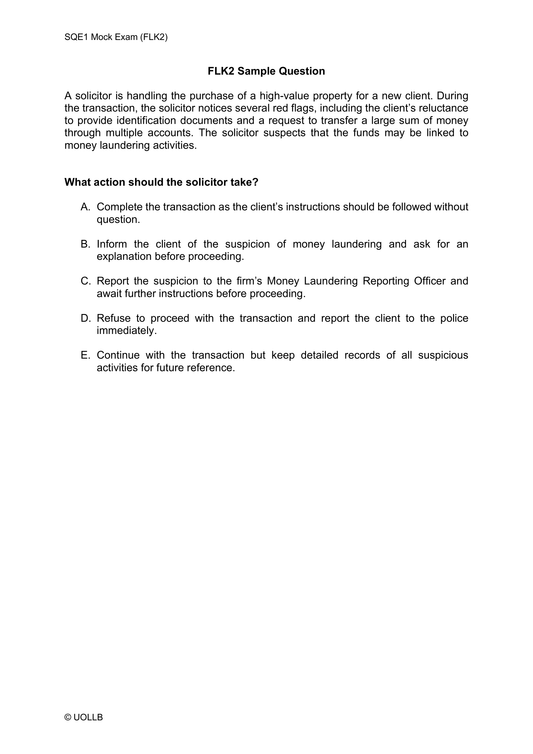How Difficult Is SQE2?
Share
The SQE is the new centralised route to qualification as a solicitor in England and Wales, and SQE2 forms the second and final stage of the assessment. Candidates who reach this stage will have already demonstrated legal knowledge in SQE1, but SQE2 poses a different and arguably more complex challenge. While SQE1 tests functioning legal knowledge through multiple-choice questions, SQE2 assesses legal skills in a practical context. The difficulty of SQE2 lies not only in the depth of legal understanding required, but also in the ability to apply that knowledge under pressure in simulated professional scenarios.
SQE2 is widely regarded as a challenging assessment because it evaluates candidates on six core legal skills across five practice areas: criminal litigation, dispute resolution, property practice, wills and intestacy, probate administration and practice, and business organisations, rules and procedures. The six practical skills, including interviewing and attendance note/legal analysis, advocacy, legal research, legal writing, legal drafting, and case and matter analysis, must be demonstrated at the level of a Day One solicitor, a standard expected of a newly qualified practitioner. The shift from knowledge-based learning to skills-based assessment can be daunting, particularly for those who have followed traditional academic routes and may not yet have extensive experience in practical legal work.
What makes SQE2 particularly difficult is the requirement to not only know the law but also to communicate it clearly and appropriately to different audiences. For example, you may need to explain legal options to a client during an interview, draft a professional and persuasive letter, or conduct advocacy in a time-limited setting. The scenarios are designed to be realistic and often contain subtle issues that require keen attention to detail and good legal judgment. The use of actors to play clients or witnesses, and the need to think on one’s feet, adds an additional layer of pressure. Unlike SQE1, where answers can be selected from a list, SQE2 demands the production of original, coherent, and well-structured legal documents and oral presentations.
Moreover, SQE2 compresses a significant amount of testing into a short time period. The assessment is split into two parts: the oral assessments, which are conducted over two days, and the written assessments, which take place over three days. Each candidate must complete 16 tasks in total, and the stamina and concentration required to perform consistently well across all exercises should not be underestimated. The tight time limits for each task, such as 45 minutes for a legal drafting or writing task, require not only accuracy but also efficiency. Even well-prepared candidates may struggle if they are unable to manage their time effectively or if they become overwhelmed by the cumulative stress of the exam.
Another aspect contributing to the difficulty of SQE2 is the broad range of legal content that can be tested. Although the specification provides a defined scope for each practice area, the level of familiarity expected is high, and you must be able to use your knowledge flexibly and pragmatically. The application of ethics is also a continuous requirement, so you must be able to identify and address ethical issues spontaneously as they arise within the scenarios. This integration of professional conduct throughout the tasks makes SQE2 more reflective of real legal practice, but also more complex to navigate.
In conclusion, SQE2 is a demanding and rigorous assessment that challenges both legal knowledge and professional skills. Its difficulty lies in the realistic nature of the tasks, the standard of performance expected, and the breadth of skills that must be demonstrated under pressure. Success in SQE2 requires more than academic ability; it demands legal maturity, communication skills, time management, and resilience. For those who are well-prepared and have gained experience applying their legal knowledge in practical contexts, it is an achievable but still formidable hurdle on the path to qualification.
